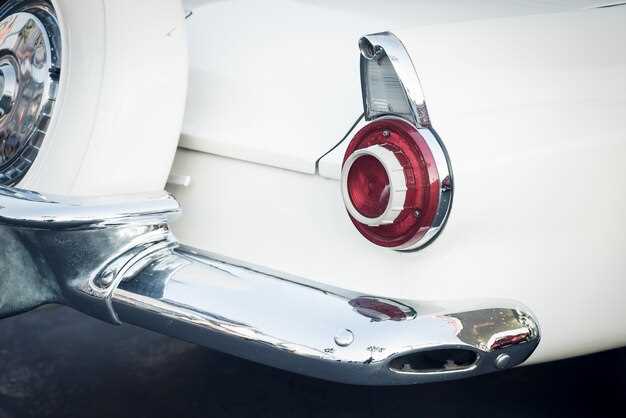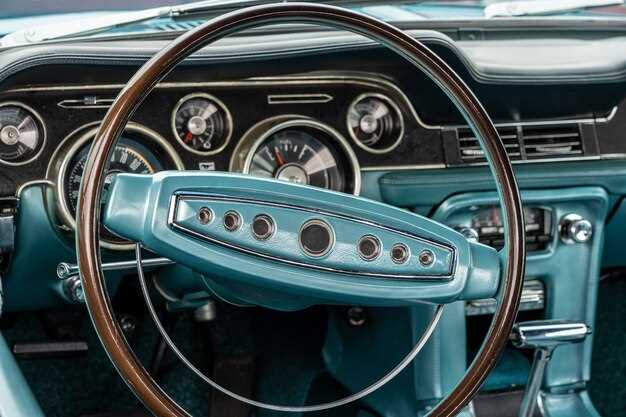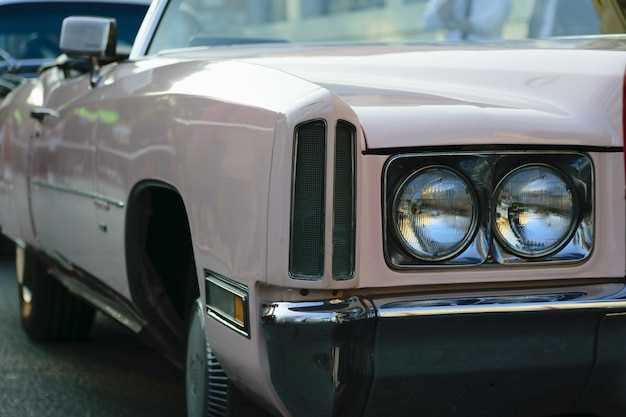

For car enthusiasts and collectors alike, restoring the interior of a classic Mustang is a labor of love that involves a keen eye for detail and an understanding of the original design. The dashboard, being one of the most prominent features of the interior, plays a crucial role in not only the vehicle’s aesthetic but also in its functionality. Every component, from the gauges to the steering wheel, tells a story of the car’s history and its place in automotive culture.
The restoration process requires careful consideration of materials and authenticity. Original parts are often sought after to maintain the vehicle’s classic appeal, while modern upgrades are sometimes incorporated to enhance comfort and safety. Enthusiasts must balance these factors to create an interior that honors the Mustang’s legacy while meeting contemporary standards.
In this article, we will explore the various facets of restoring a classic Mustang’s interior, highlighting key areas such as the dashboard, seating, and upholstery. We’ll discuss common challenges faced during the restoration process, available resources for sourcing parts, and tips for achieving a showroom-quality finish.
Choosing the Right Upholstery Materials for Classic Mustangs
When restoring the interior of a classic Mustang, selecting the appropriate upholstery materials is critical for achieving both aesthetic appeal and durability. Various factors should be taken into consideration, such as authenticity, comfort, and maintenance.
Authenticity is a major concern for many classic car enthusiasts. Original Mustang interiors were often constructed using materials like vinyl and leather. While vinyl provides a sturdy option and is easier to clean, leather offers a more luxurious feel. If you aim for a factory-original look, sourcing materials that are as close to the original specifications as possible will ensure that your Mustang retains its classic charm.
Additionally, consider the comfort of the materials you choose. Upholstery should not only look good but also feel good to the touch. High-quality foam padding is essential for seats to provide adequate support over long drives. Pay attention to the types of fabrics used on the dashboard and other interior parts. Materials with soft finishes can enhance overall comfort, while durable fabrics resist wear and tear from everyday use.
Maintenance is another crucial element to consider when selecting upholstery materials. Some fabrics are easier to clean and maintain than others. Synthetic options such as high-quality vinyl tend to be more stain-resistant, making them suitable for daily driving. When dealing with natural materials like leather, regular care is necessary to prevent cracking and fading. Understanding these maintenance requirements can help you make an informed choice.
Lastly, consider the personal style you want for your classic Mustang. The interior should reflect your preferences, whether it’s a modern twist on vintage aesthetics or a genuine restoration. Choose colors and textures that resonate with your vision while keeping in mind how they will complement the car’s exterior.
In conclusion, selecting the right upholstery materials for classic Mustangs involves balancing authenticity, comfort, maintenance, and personal style. Thoughtful consideration of these factors will lead to a beautifully restored interior that enhances the overall driving experience.
Step-by-Step Guide to Dashboard Restoration for Classic Mustangs

The dashboard of a classic Mustang often shows signs of age and wear, requiring restoration to maintain the vehicle’s authenticity and aesthetics. Follow these steps for a successful dashboard restoration.
Step 1: Remove the Dashboard
Begin by disconnecting the battery to avoid electrical issues. Carefully remove the dashboard by unscrewing the bolts and unclipping any attached connectors. Take your time to avoid damaging any components.
Step 2: Assess the Damage
Examine the dashboard for cracks, fading, or other forms of damage. Identify areas that need repairs, which may range from minor scratches to significant deterioration.
Step 3: Clean the Surface
Use a gentle cleaner and a soft cloth to remove dirt and grease. Avoid harsh chemicals that may affect the dashboard’s paint or finish. A thorough cleaning will prepare the surface for repair and restoration.
Step 4: Repairing Cracks and Damage
For small cracks, epoxy resin can be applied to fill gaps. Larger cracks may require using a fiberglass patch to reinforce the area. Follow the manufacturer’s instructions for setting and curing time.
Step 5: Sanding and Smoothing
Once the repairs are cured, sand the surface lightly to ensure it is smooth and even. Start with coarse sandpaper and progress to finer grit for a polished finish. Clean the dust off thoroughly after sanding.
Step 6: Resurfacing with Upholstery
If the dashboard has upholstery, consider reupholstering it with a material that matches the original factory look. Cut the new upholstery to shape and use a strong adhesive to secure it on the dashboard. Smooth out wrinkles and air bubbles for a professional finish.
Step 7: Painting or Staining
After reupholstering, it’s time to restore the original color. Use automotive-grade paint or a matching stain. Apply even coats and allow adequate drying time as per product instructions. Multiple coats may be necessary for optimal coverage.
Step 8: Reinstall the Dashboard
Once the restoration is complete and fully dried, reattach the dashboard by reversing the removal steps. Ensure all connections are secure and that there are no loose cables.
Step 9: Final Touches
Inspect the installed dashboard for any inconsistencies. Clean any fingerprints or smudges using a soft, non-abrasive cloth. Ensure that the gauges and controls are operational before taking the vehicle out on the road.
By following these steps, you can effectively restore the dashboard of your classic Mustang, enhancing its interior while preserving its vintage charm. Enjoy the satisfaction of a job well done and the beauty of your revitalized interior.
Tips for Maintaining Upholstery and Dashboard Integrity Over Time

Maintaining the integrity of your classic Mustang’s upholstery and dashboard is essential for preserving the vehicle’s value and aesthetic appeal. Regular cleaning is crucial; use a gentle, pH-balanced cleaner specifically designed for automotive interiors to remove dirt and prevent buildup that can lead to fading or cracking.
To protect upholstery, consider applying a fabric protector that provides a barrier against spills and stains. For leather seats, a high-quality leather conditioner can help maintain suppleness and prevent dryness. Always test any product on a small, inconspicuous area first to avoid disappointment.
Direct sunlight can be detrimental to both upholstery and dashboards, causing colors to fade and materials to weaken. Parking in shaded areas or using sunshields can minimize exposure. Additionally, consider installing UV-blocking window films to further protect interior surfaces from harmful rays.
Monitor humidity levels within the vehicle. High humidity can lead to mold growth on upholstery, while dry conditions can exacerbate cracking in materials. Utilizing moisture-absorbing products inside the cabin can help maintain an optimal environment.
Addressing small damages promptly is vital. Small tears or cracks should be repaired as soon as they appear to prevent further degradation. Professional upholstery repair services can effectively restore minor issues, ensuring a longer lifespan for your interior.
Routine inspections provide an opportunity to assess the condition of both upholstery and the dashboard. Regularly check for signs of wear, discoloration, or lingering odors. Addressing these issues early can prevent costlier repairs down the line, keeping your classic Mustang’s interior looking showroom-ready for years to come.





